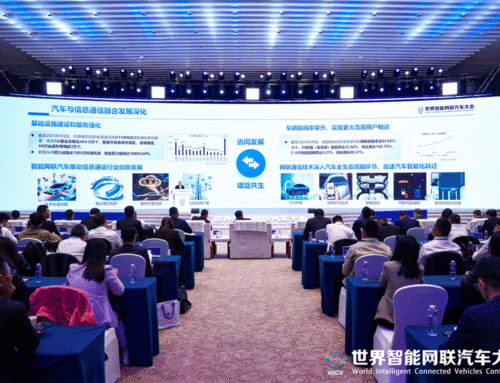On August 16, 2024, China’s State Council Information Office held a press conference as part of its ongoing series on “Promoting High-Quality Development.” The event highlighted China’s progress in advancing national quality infrastructure, with over 45,000 national standards issued across all industries and societal sectors. With an international standard adoption rate exceeding 83%, China has made significant progress in optimizing and modernizing its quality infrastructure. Below is a summary of the key initiatives introduced during the conference.
Optimization of Management
The State Administration for Market Regulation (SAMR) has prioritized building an efficient and authoritative national quality infrastructure management system. This effort includes improving the dual structure of government-led and market-driven standards, while advancing market-oriented reforms in inspection and testing institutions. Notably, association standards, which are market-driven, saw a 45.3% increase from 2022 to 2023. By the end of 2023, more than 34,000 private inspection and testing institutions had been accredited nationwide, representing 63.5% of the total, a figure that has doubled over the past decade. These reforms underscore China’s commitment to balancing state-led and market-driven quality initiatives.
Capacity Building
China ranks among the top globally in terms of calibration and measurement capabilities, boasting 1,879 internationally recognized capabilities. Additionally, the country has established 202 national primary measurement standards and issued 2,056 national metrological technical specifications. Currently, 17,870 conformity assessment bodies and more than 54,000 inspection and testing institutions are accredited, generating annual revenues exceeding 470 billion yuan—approximately 25% of the global total. To ensure continuous improvement, SAMR conducts annual proficiency testing and inter-laboratory comparisons across various fields, verifying and enhancing the technical capabilities of these institutions.
Improving Government Services
SAMR has launched several initiatives to improve quality infrastructure services, particularly for small and medium-sized enterprises (SMEs). These include a certification promotion campaign, which has provided financial credit support of 32 billion yuan, including certification loans, and reduced certification fees by nearly 40 million yuan. Additionally, China has established 1,450 service sites across the country to provide more efficient and accessible quality infrastructure services to enterprises.
In conclusion, China’s ongoing efforts to advance its national quality infrastructure reflect a strategic approach to enhance global competitiveness and promoting high-quality development. Through the optimization of management systems, capacity building, and improved government services, China has positioned itself as a global leader in standardization, certification, and market-driven reforms. These initiatives not only streamline the national quality infrastructure but also provide critical support to SMEs, paving the way for sustained economic growth and innovation.




